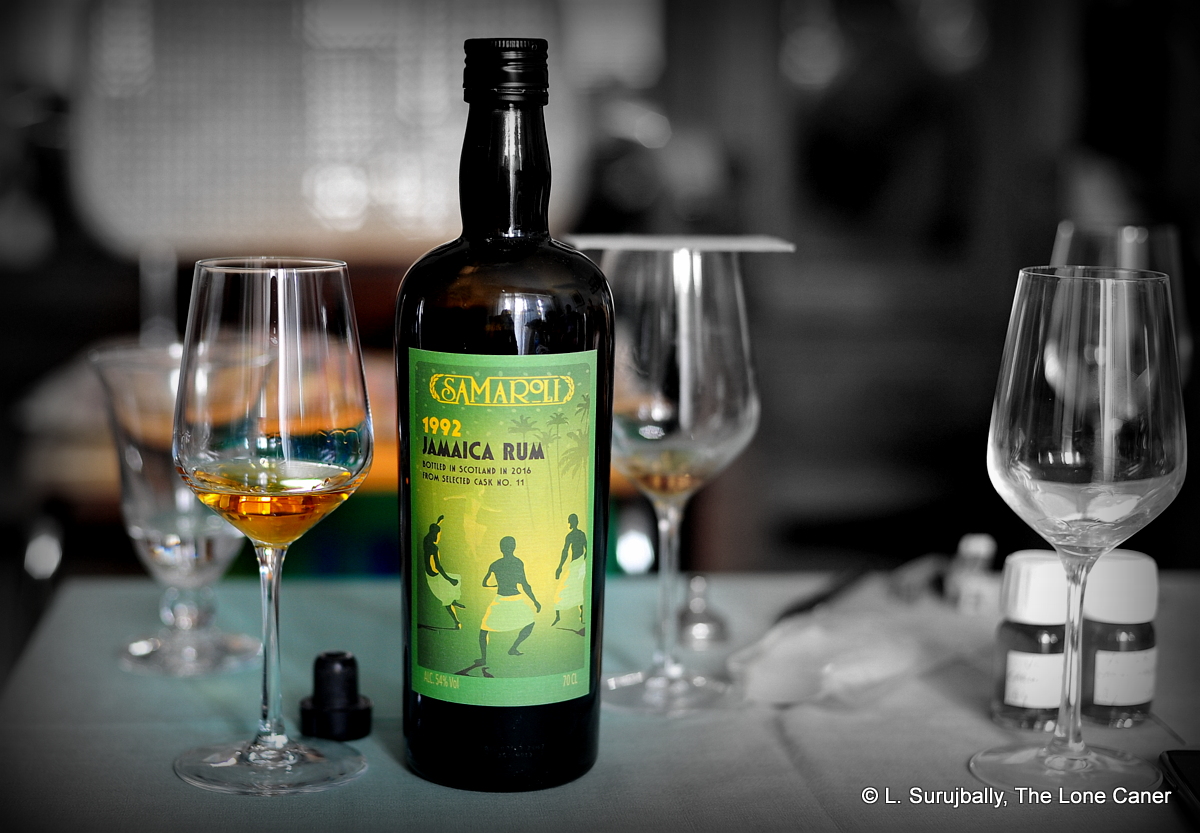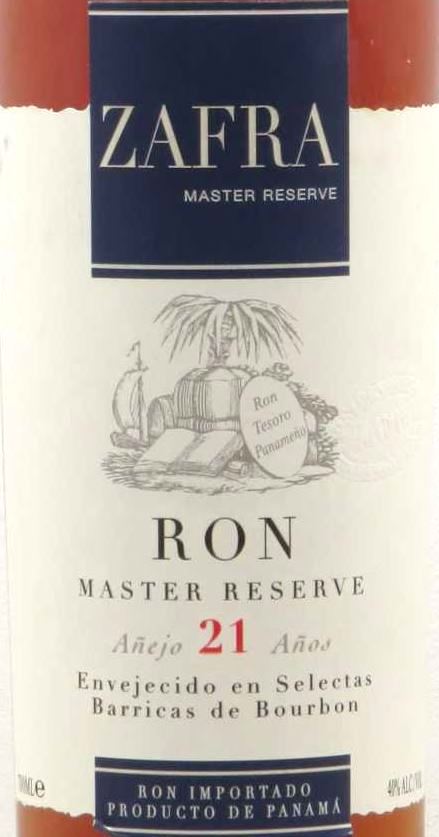In my rum drinking life, I have been extraordinarily fortunate to have tasted up and down the pantheon of great and not so great Guyanese rums – blends, single still bottlings, caskers, aged dinosaurs, special editions, the works. These days independent bottlers and single barrel offerings hog the lion’s share of the limelight, the rums of Velier remain grail quests for many, and therefore DDL’s standard offerings (3, 5, 8, 12, 15 and 21 year olds) which put Guyana and the famed wooden stills on the map have lost a little of their lustre. Yet, perhaps because of their relative rarity – and price – the 25 year old editions which DDL releases every few years still have something of a cachet… which, to this reviewer, is not always deserved.
Thus far, and going from memory, there have been six 25YO rums in the series, distilled in 1975 (the Millenium Edition), 1980, 1986, 1988, 1992 and now, this one, in 1997. If there are others, I don’t know about them. All have been at either 40% or 43% ABV, all are housed in handsome gold-leaf-embossed decanters with a glass and cork stopper, and all are reasonably tasty. And as an aside, in no case are we ever told anything about the components of the blend, though it is a reasonable assumption that there are heritage still components, maybe some French Savalle still juice, and marques from all over the map. DDL knows, of course, but they aren’t telling us, and reviewers who have tried them and written about them thus far (and there aren’t many), are equally scant on the details. We’ll have to live with that, I suppose.
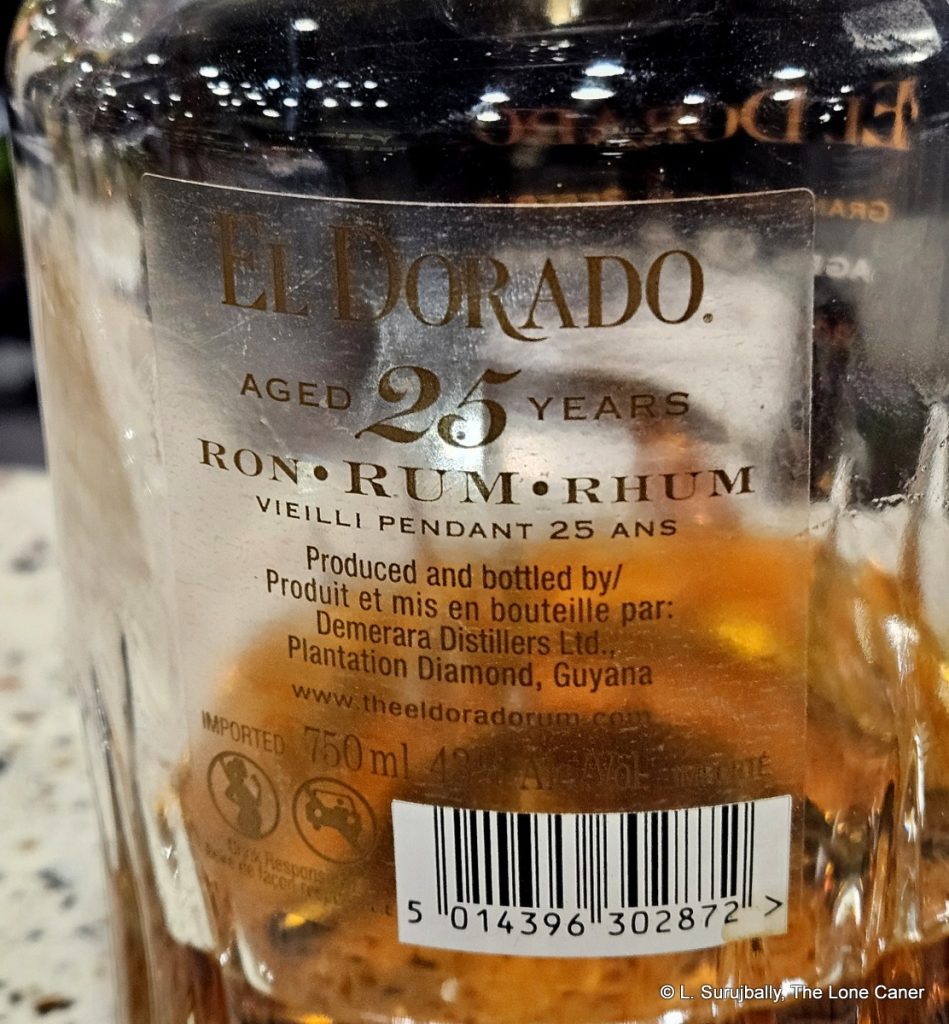 I’ve sampled all but one of them thus far, and some time back, had a lot of fun writing a biblical screed against the 1986 and its dosage. The rums are easy drinking, complex to a fault, just lacking the background that would enable us to evaluate them better. Paradoxically however, this makes us pay rather more attention to them, since we walk in with no preconceived notions, no knowledge, no expectations – and so we have to do all the work ourselves.
I’ve sampled all but one of them thus far, and some time back, had a lot of fun writing a biblical screed against the 1986 and its dosage. The rums are easy drinking, complex to a fault, just lacking the background that would enable us to evaluate them better. Paradoxically however, this makes us pay rather more attention to them, since we walk in with no preconceived notions, no knowledge, no expectations – and so we have to do all the work ourselves.
It’s not a bad rum, all in all – the 43% strength makes it a very approachable, soft nosing experience, and it’s gentle to a fault, though some might sniff disparagingly that it’s actually somewhat thin. It starts with a deceptively straightforward series of aromas: caramel, toffee, white chocolate, almonds and vanilla, with traces of molasses, oak tannins and leather. Some spices slowly meander into the frame – cinnamon, ginger, nutmeg – accompanied after a few minutes, by raisins, peaches, apricots and green apples. But I must mention this: the rum really opens up slowly, and none of this is evident right off the bat. It’s a rum that rewards more patience than usual, and I’d suggest letting it stand for at least five minutes before really getting into it.
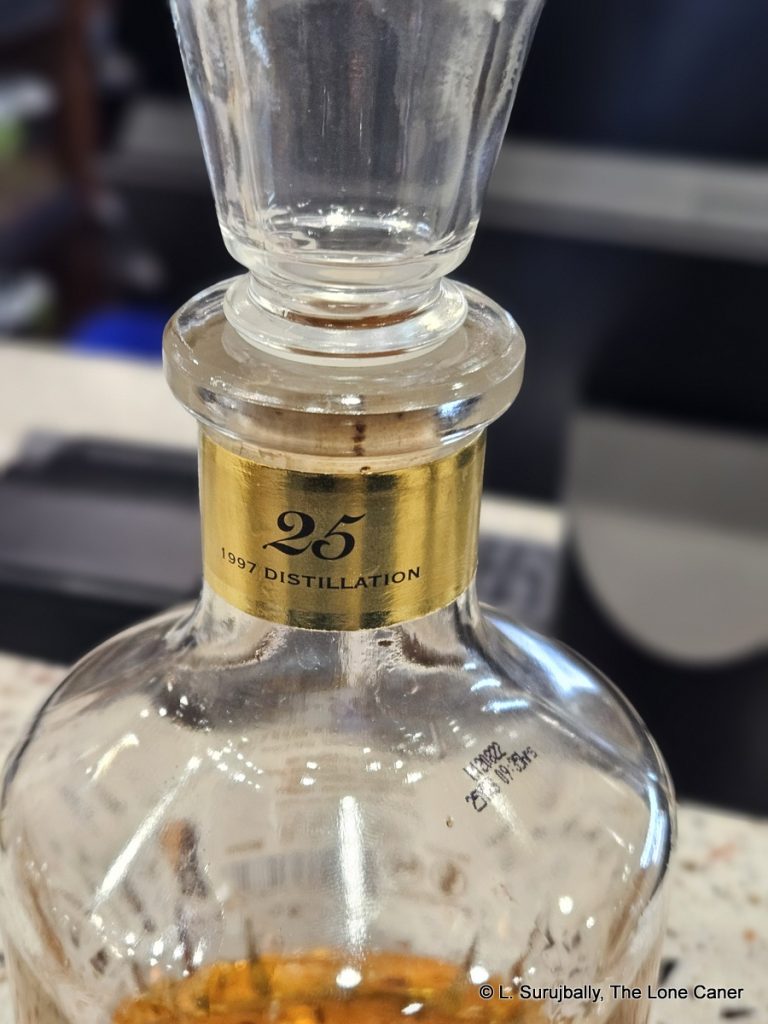 The same comments are applicable to what it tastes like. It’s maintains some edge, mostly tannics and slight bitterness (it’s very likely that the dosage is minimal here, but this is an opinion, since I was unable to test it). The standard notes that characterize so many El Dorado rums are all there: molasses, bitter chocolate, light wood shavings, licorice, caramel, toffee. It’s the fruits that are key here – they come late to the party, but once they do, the thing gets better in a hurry as they coil over the palate and make themselves felt: so, we taste raisins, peaches, apricots, very ripe yellow mangoes on the cusp of going off, plus a well balanced series of spices like cinnamon, vanilla and a dusting of nutmeg, leading to a soft and gentle finish that, alas, is gone all too quickly, and sums up most of the preceding elements without adding anything new.
The same comments are applicable to what it tastes like. It’s maintains some edge, mostly tannics and slight bitterness (it’s very likely that the dosage is minimal here, but this is an opinion, since I was unable to test it). The standard notes that characterize so many El Dorado rums are all there: molasses, bitter chocolate, light wood shavings, licorice, caramel, toffee. It’s the fruits that are key here – they come late to the party, but once they do, the thing gets better in a hurry as they coil over the palate and make themselves felt: so, we taste raisins, peaches, apricots, very ripe yellow mangoes on the cusp of going off, plus a well balanced series of spices like cinnamon, vanilla and a dusting of nutmeg, leading to a soft and gentle finish that, alas, is gone all too quickly, and sums up most of the preceding elements without adding anything new.
So, let’s clear the dishes: we have a pot-column-still blend of unknown marques, aged a minimum of 25 years – nobody has ever put a dent in DDL’s age statements – and issued at 43%. On the surface, it ticks all the right boxes: easy drinking for those with deep pockets but perhaps not as much experience with rums; a luxury cachet from one of the best known rum brands in the world; and enough complexity for those who know what to look for. What it doesn’t have is single-still distinctiveness, which may be a downer for some, though I argue that in a blend this old, perhaps that may be expecting too much.
For those who have been weaned on sterner, stronger stuff, this may be seen as weak gruel and slim pickings, yet I argue if one accepts that and simply enjoys what’s there, there are treasures to be discovered and appreciated. The El Dorado 25 year old series has never been one for amazing off-the-charts tastes – it’s the age that is the selling point, not the uniqueness of the profile. These days, with indie bottlers releasing decades old juice with some regularity, perhaps this doesn’t press all the buttons. Yet here, even within those limitations, the rum presents well, and if it was cheaper, I’d probably go out there and buy it on the spot.
(#1123)(85/100) ⭐⭐⭐½
Other notes
- Video recap link
- Outturn is unknown
- In Calgary I saw it selling for about Can$400. In Toronto’s LCBO, it goes for $550. That of course does not compare with the recent Appleton Estate 51YO 62% rum supposedly selling for $70,000, but it’s still a pretty hefty price tag for us proles who watch our wallets.
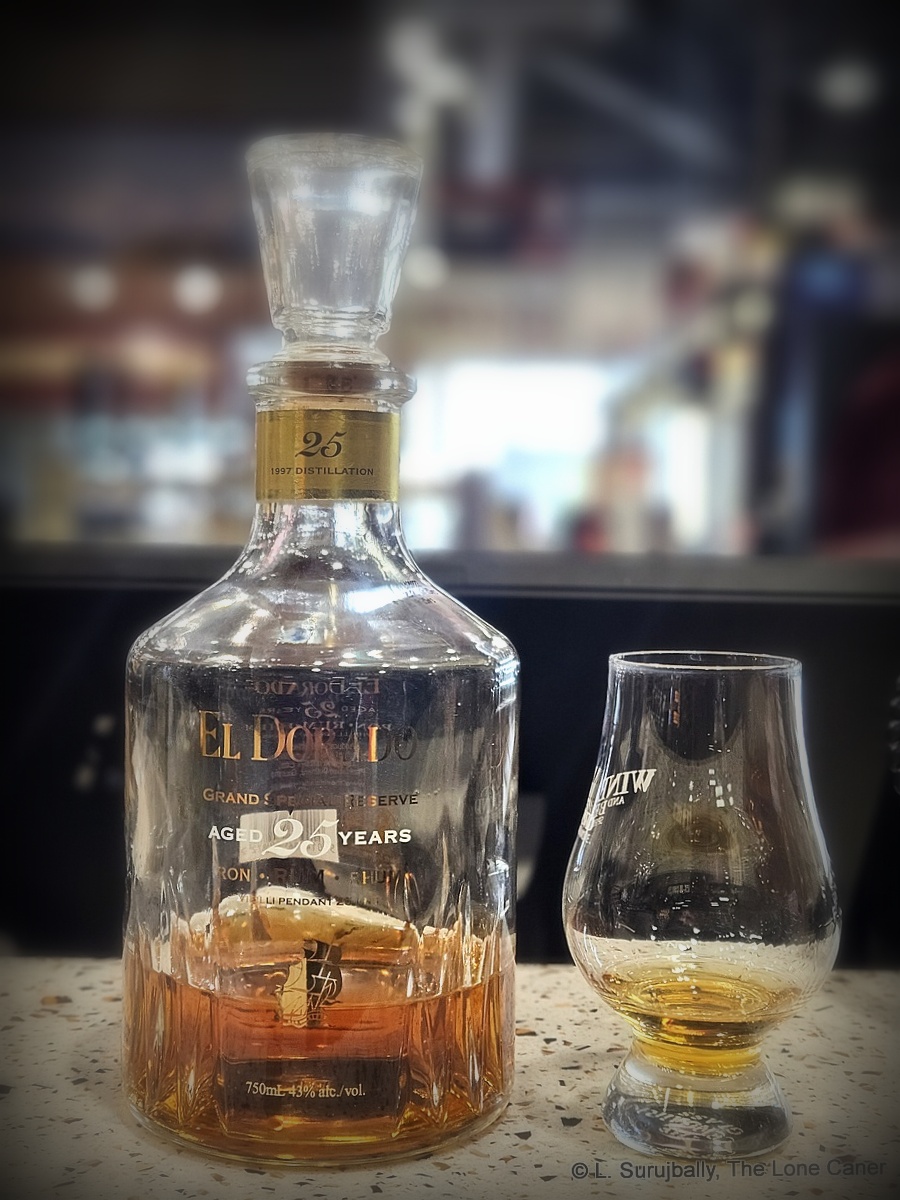

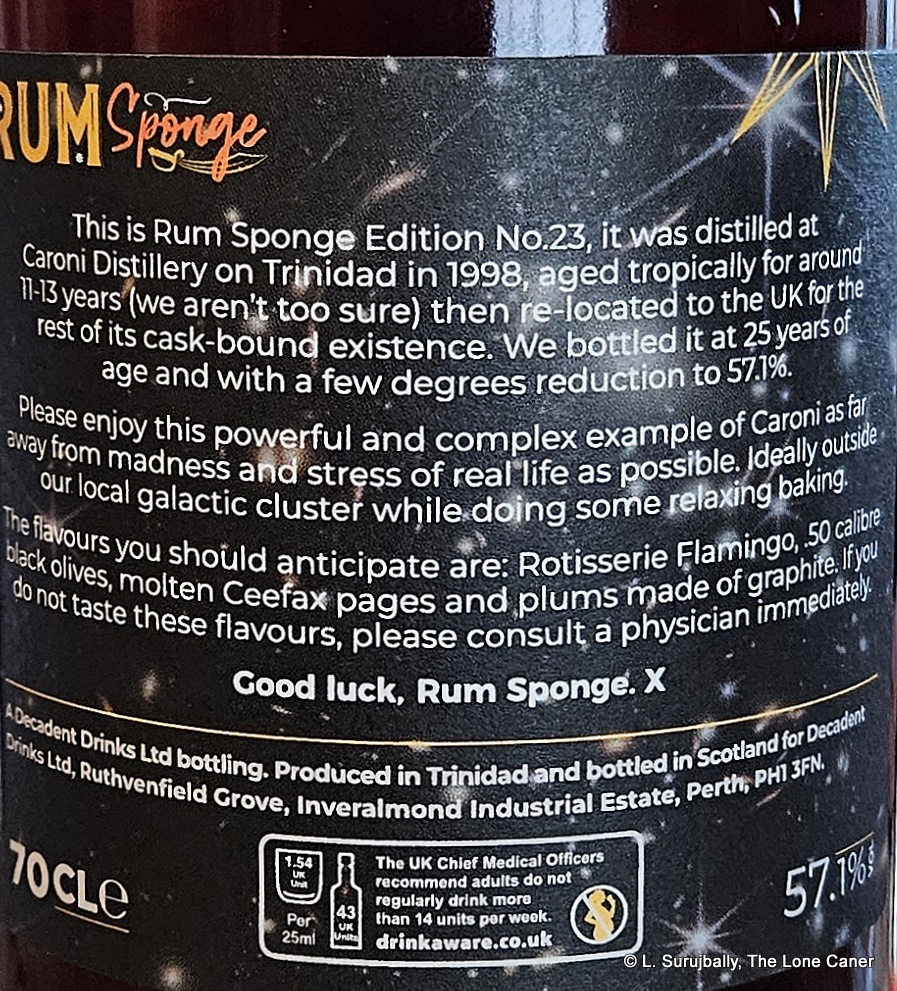

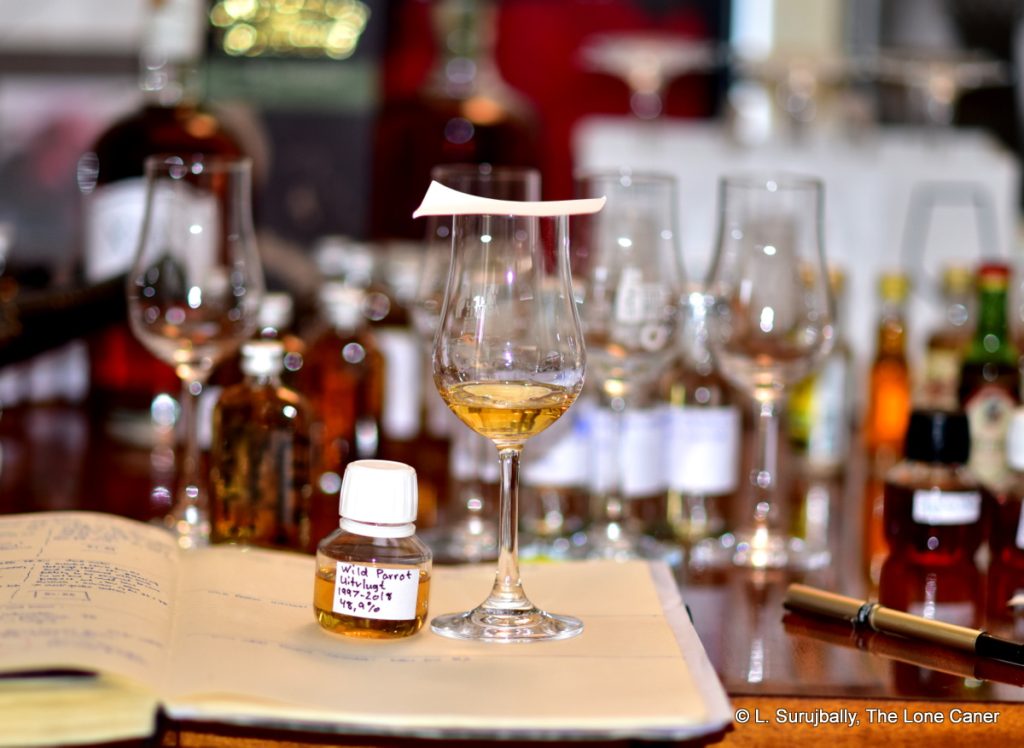
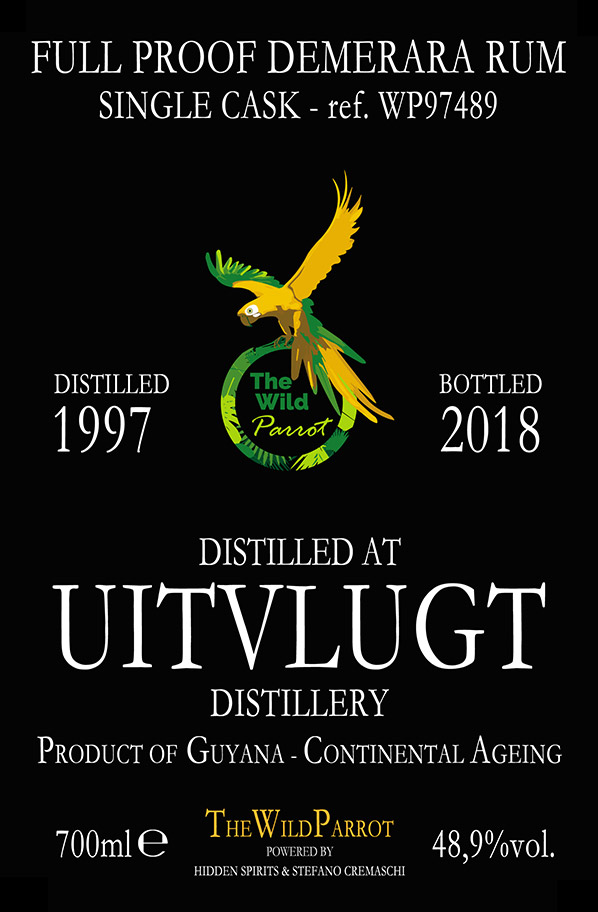
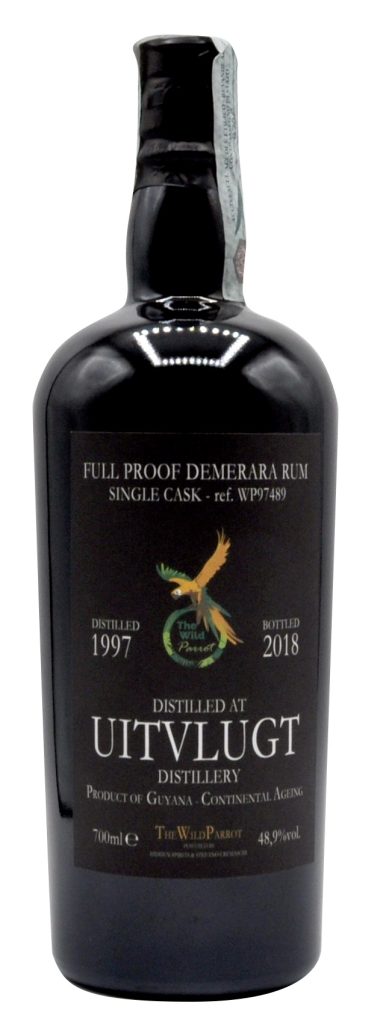

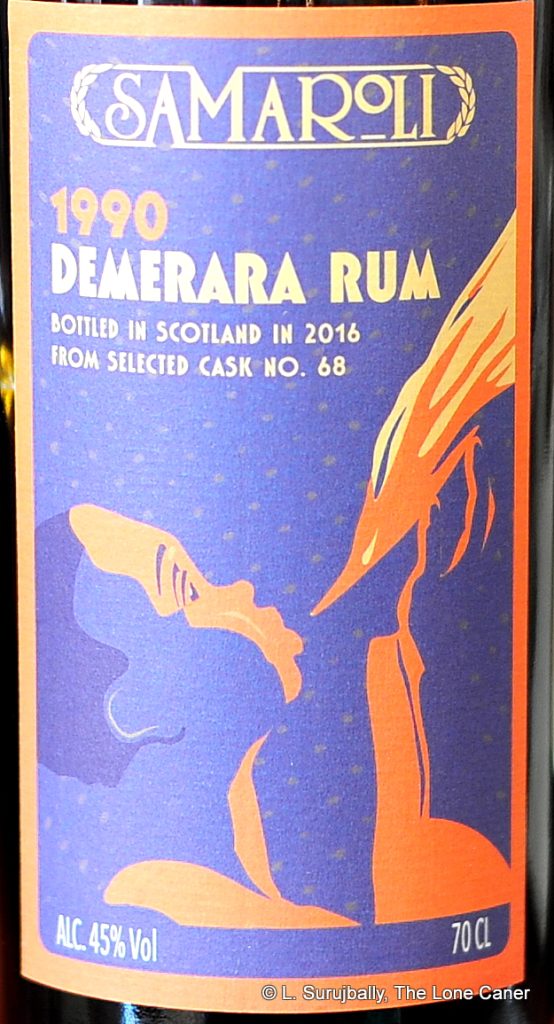

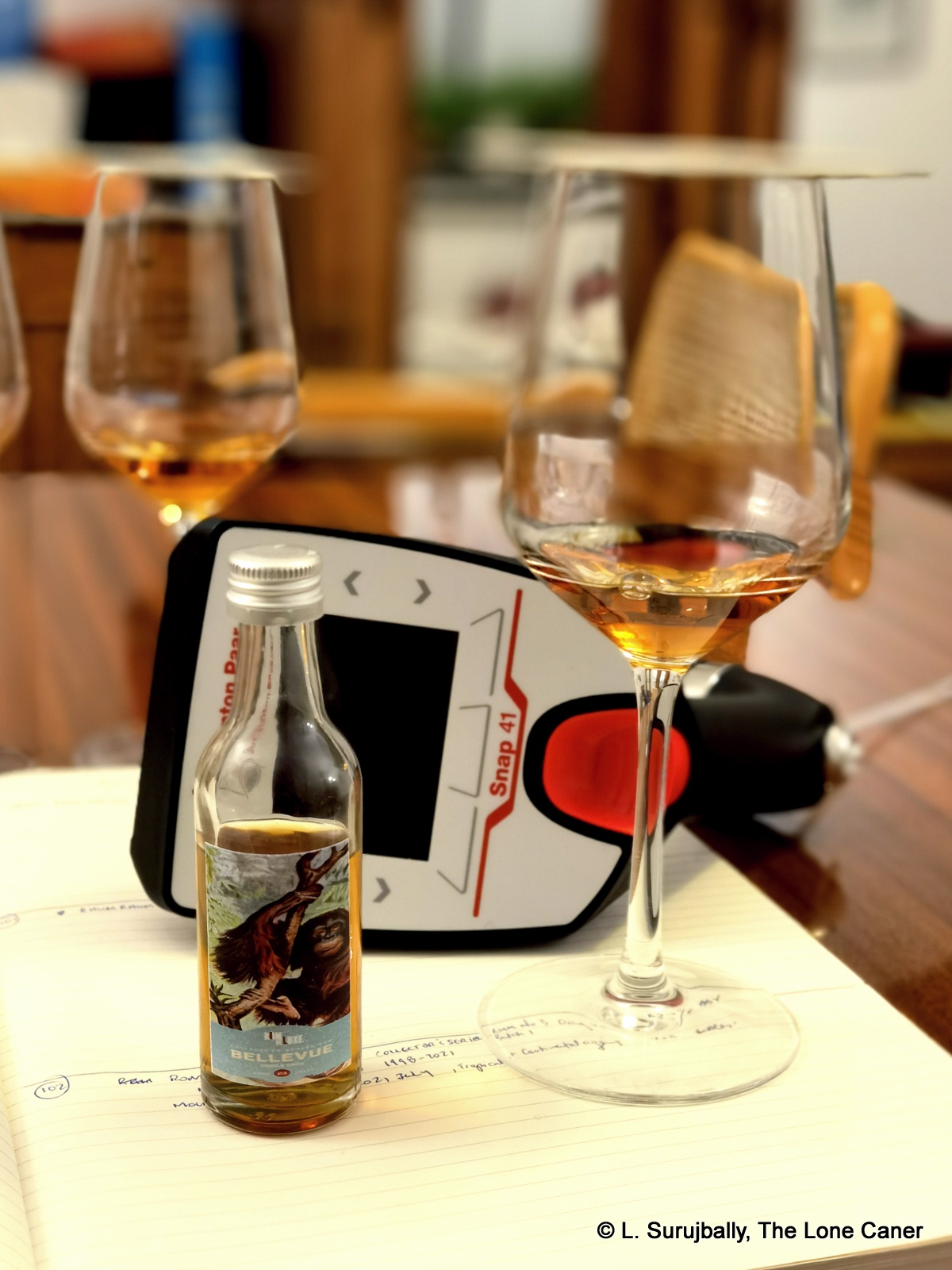
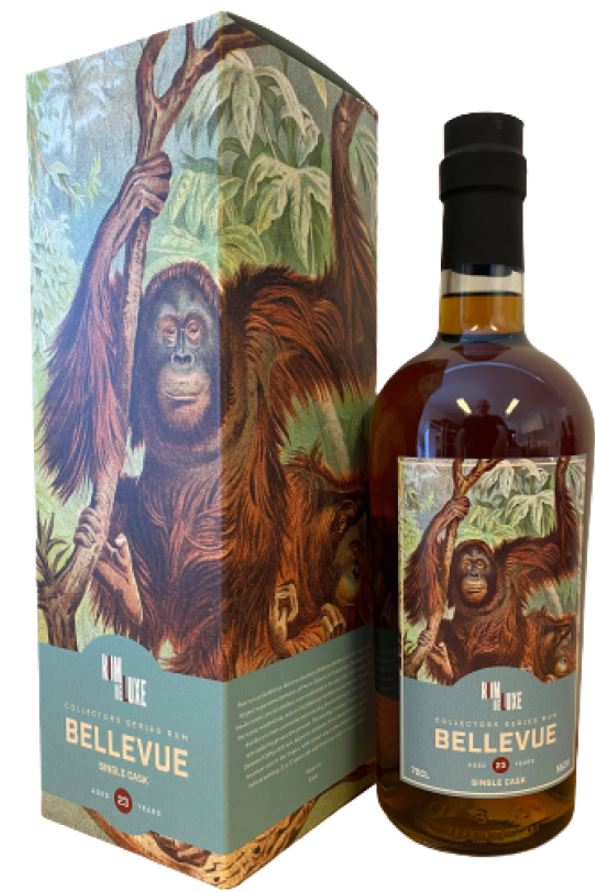


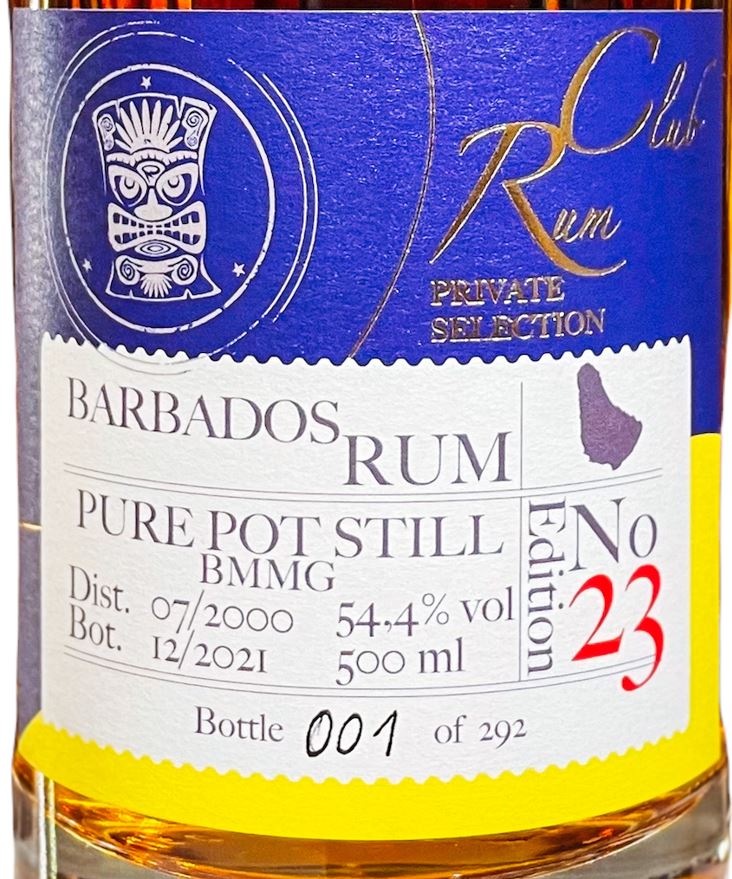
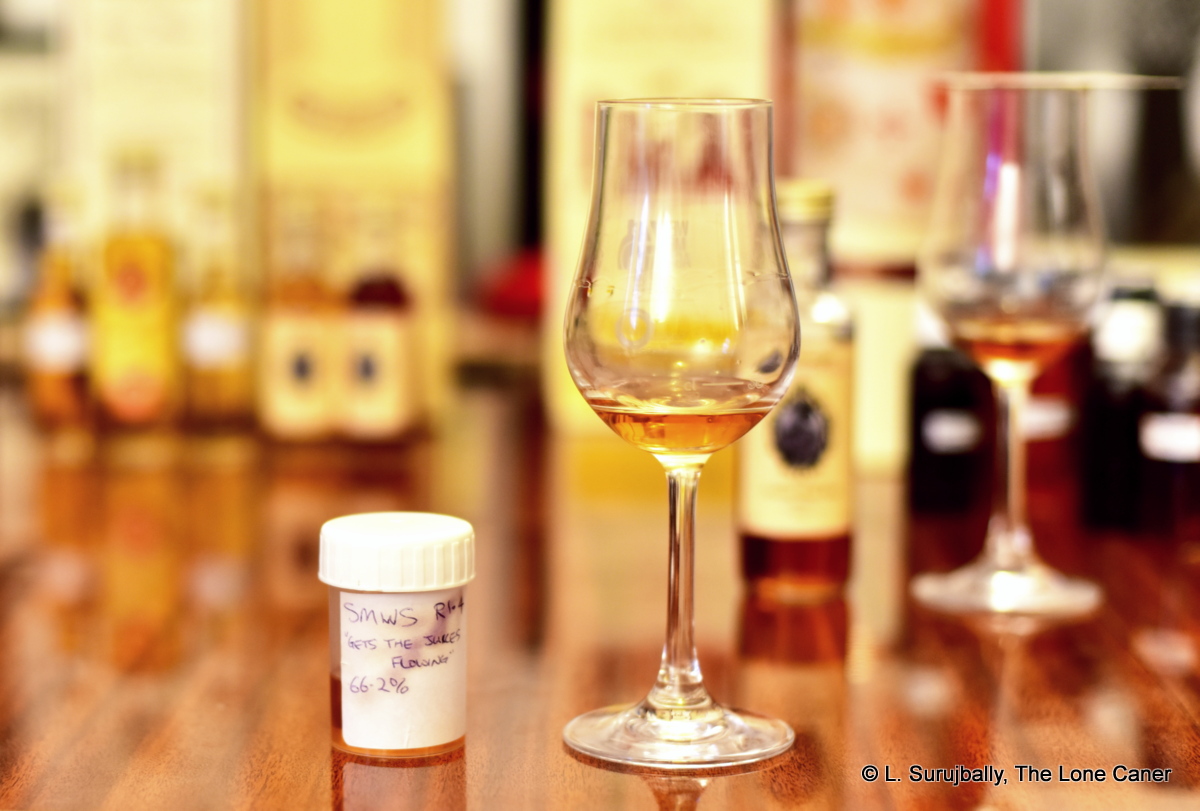

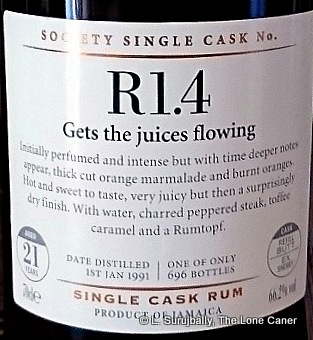
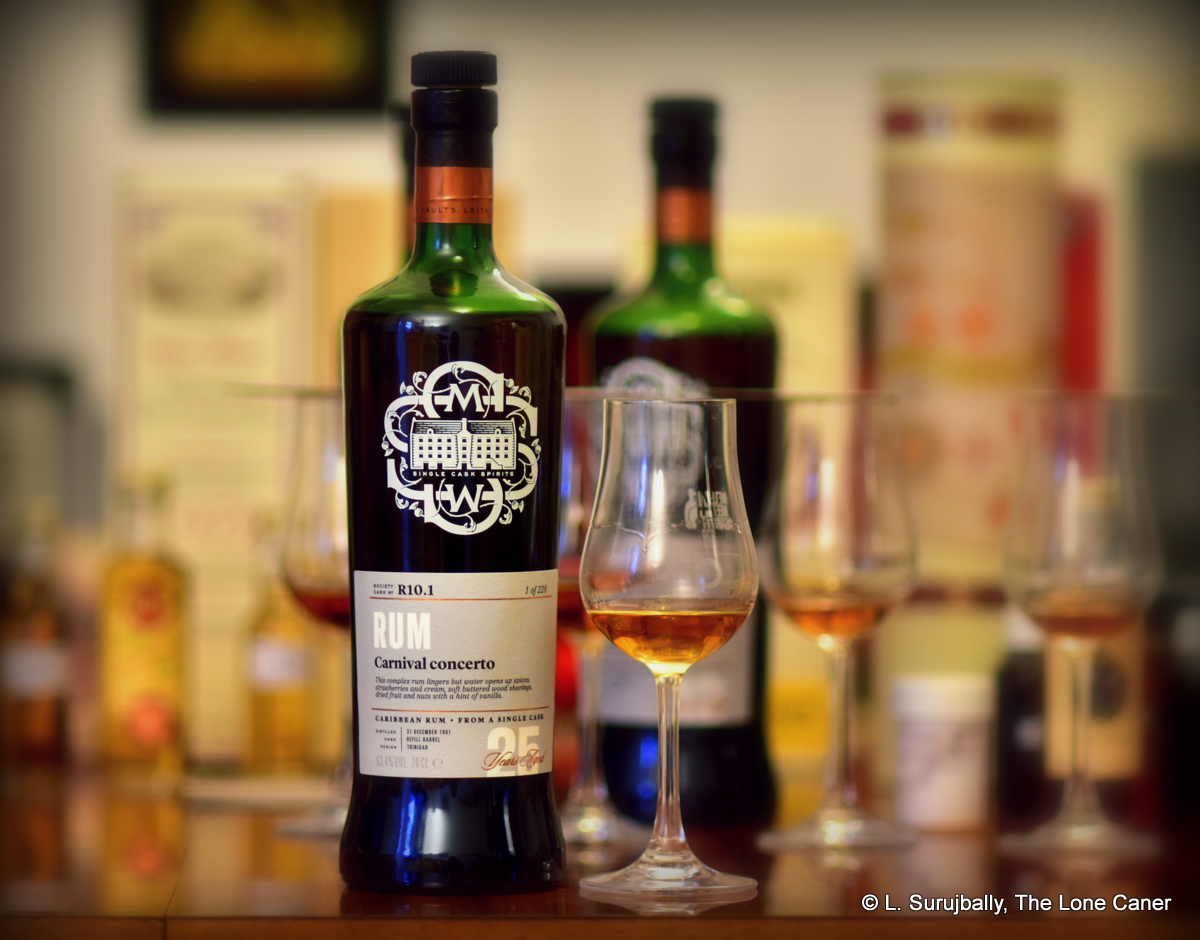

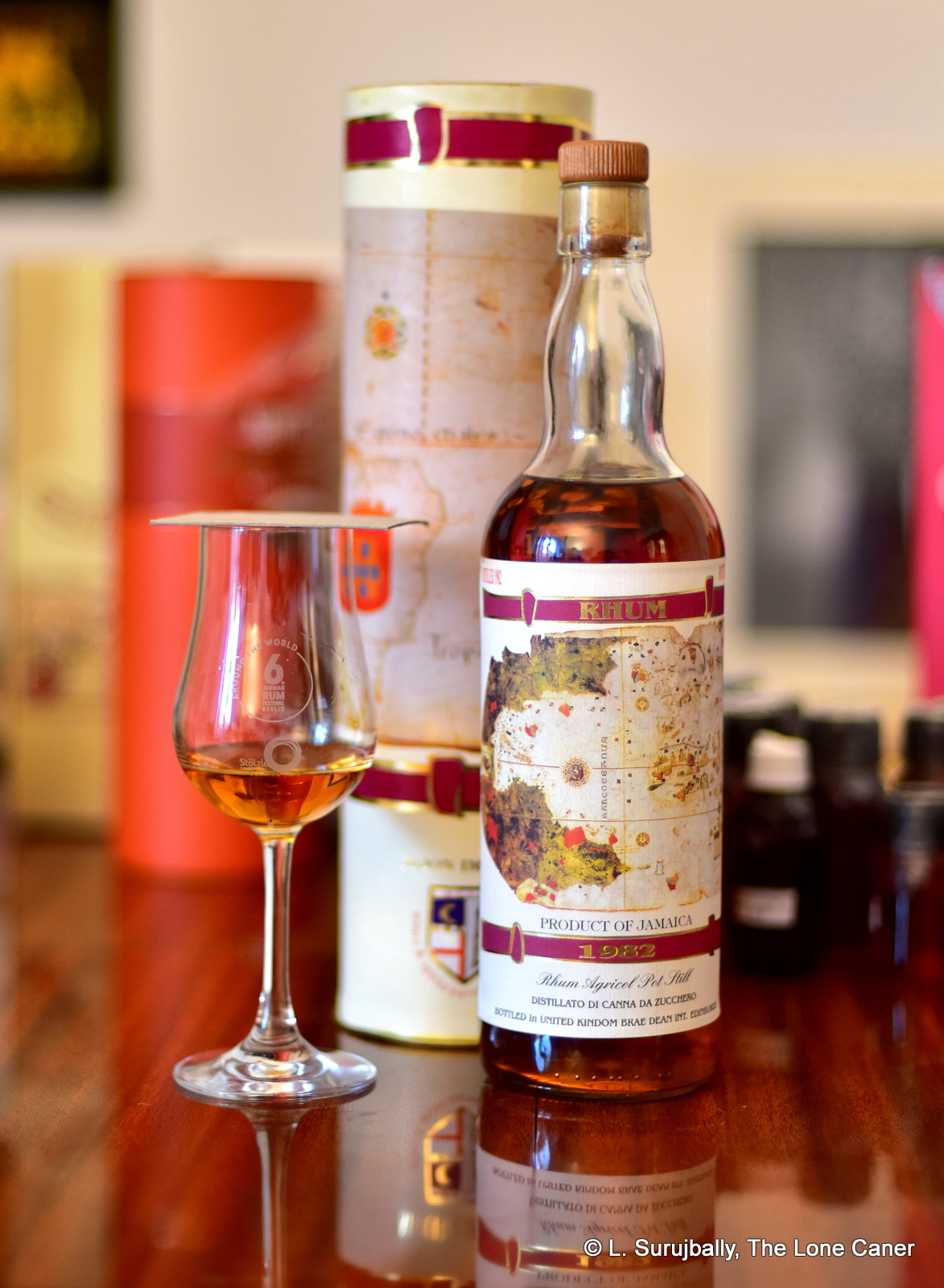

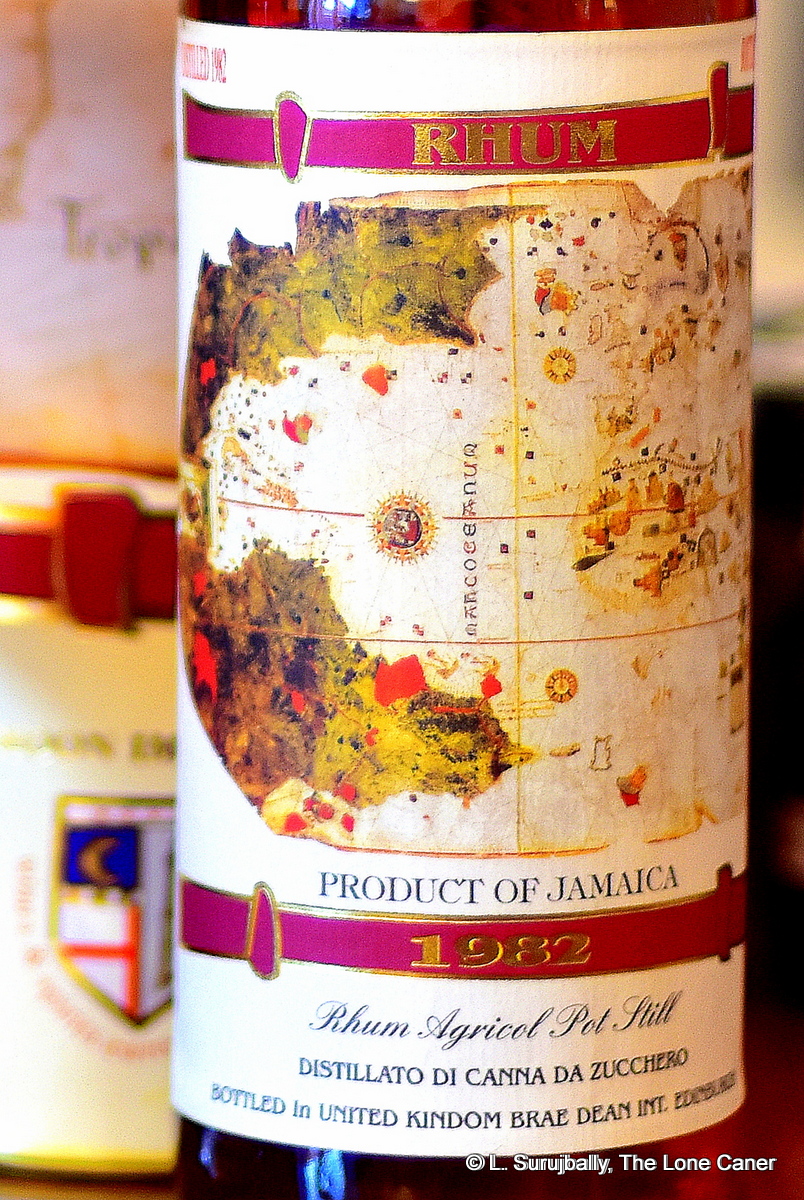

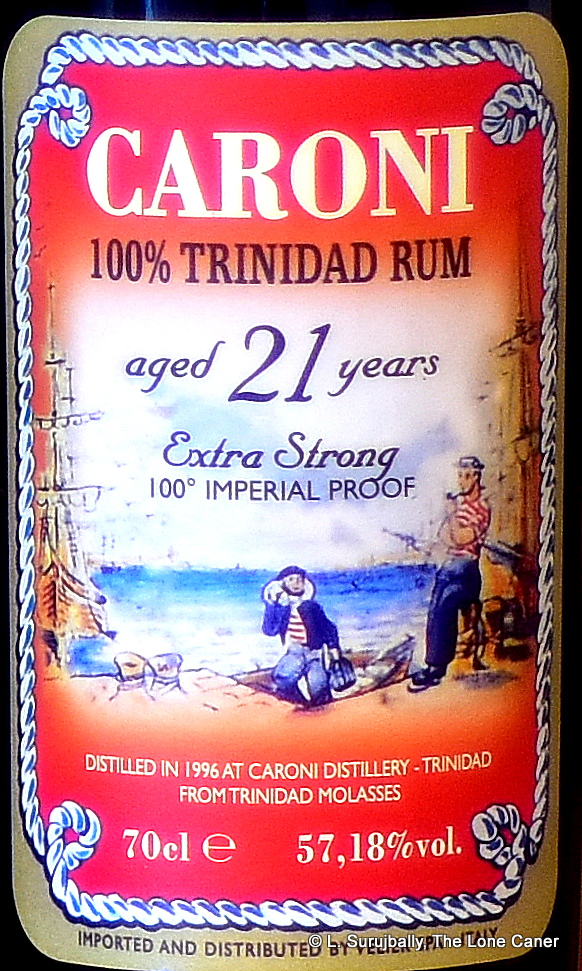
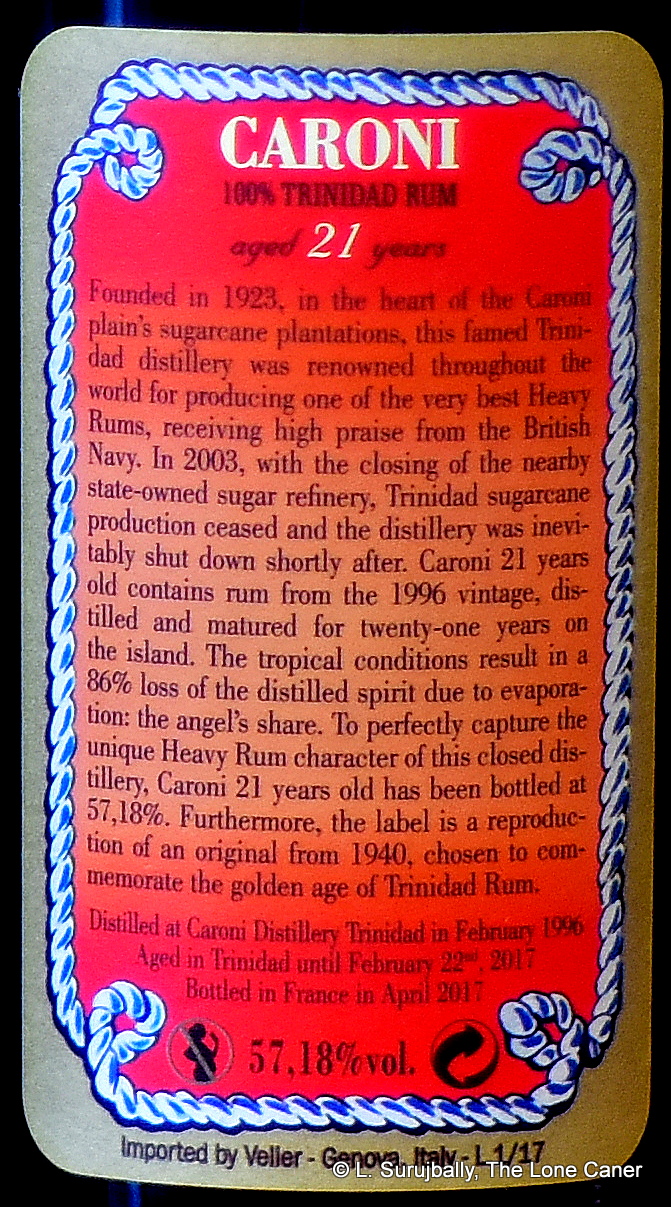

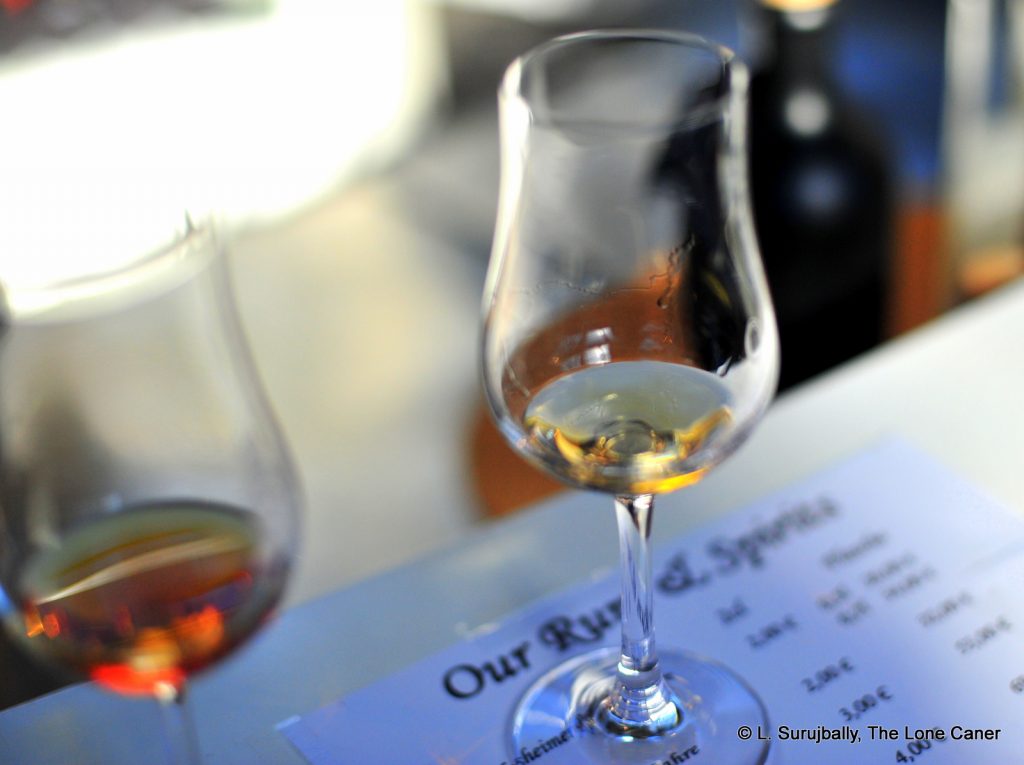
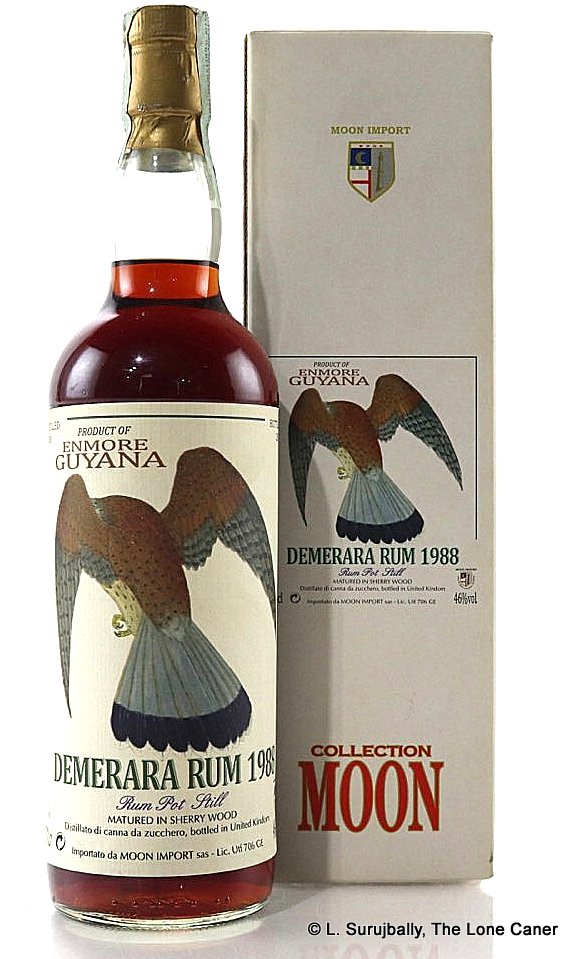 This is not the first Demerara rum that the venerable Italian indie bottler Moon Import has aged in sherry barrels: the superb
This is not the first Demerara rum that the venerable Italian indie bottler Moon Import has aged in sherry barrels: the superb 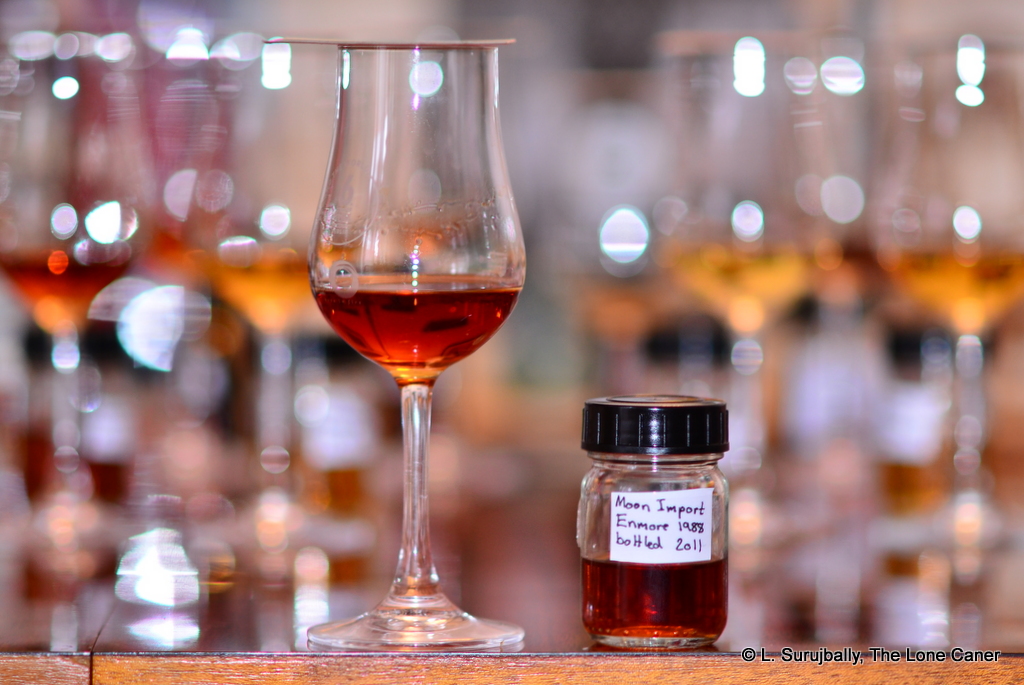
 Opinion
Opinion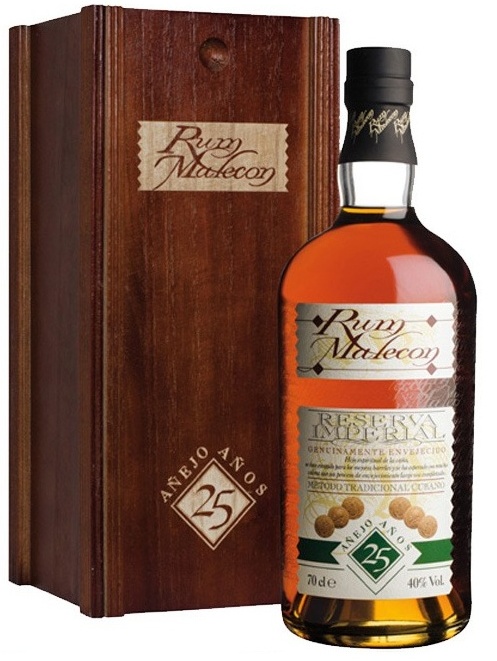 We’ve been here before. We’ve tried a rum with this name, researched its background, been baffled by its opaqueness, made our displeasure known, then yawned and shook our heads and moved on. And still the issues that that one raised, remain. The Malecon Reserva Imperial 25 year old suffers from many of the same defects of its
We’ve been here before. We’ve tried a rum with this name, researched its background, been baffled by its opaqueness, made our displeasure known, then yawned and shook our heads and moved on. And still the issues that that one raised, remain. The Malecon Reserva Imperial 25 year old suffers from many of the same defects of its 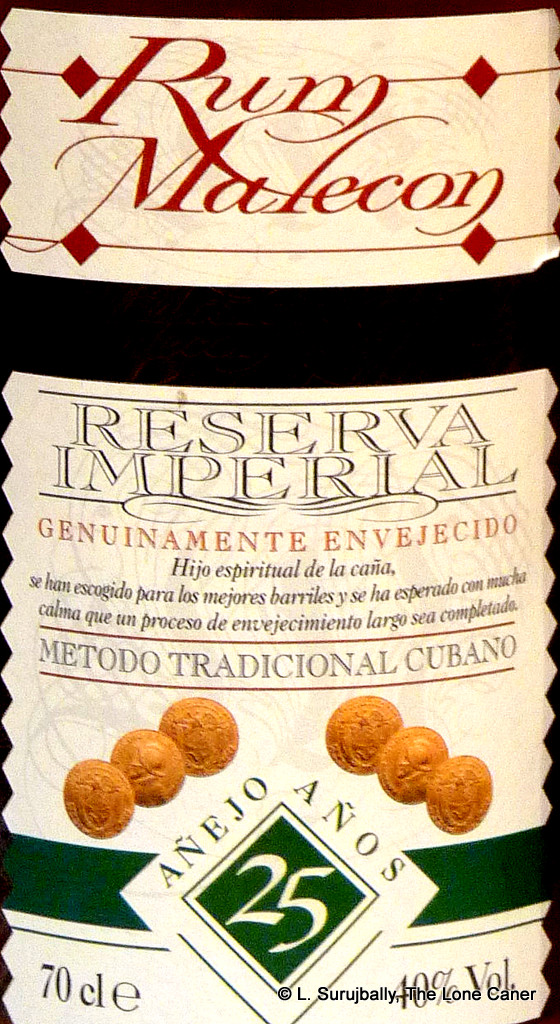 The palate is similarly soft and similarly straightforward. It’s got more chocolate milk and and perhaps a touch of coffee grounds. A smidgen, barely a smidgen of oak and citrus, a sly taste of tangerines; it’s not very sweet (which is a plus) and sports some brine and Turkish olives and a touch of slight bitterness, which I’m going be generous and say is an oak influence that saves it from being just blah. Finish is okay I guess. Gone too quickly of course, no surprise at 40% ABV and leaving at best the sense of some black tea with too much condensed milk in it, that doesn’t entirely hide the fact that it’s too bitter.
The palate is similarly soft and similarly straightforward. It’s got more chocolate milk and and perhaps a touch of coffee grounds. A smidgen, barely a smidgen of oak and citrus, a sly taste of tangerines; it’s not very sweet (which is a plus) and sports some brine and Turkish olives and a touch of slight bitterness, which I’m going be generous and say is an oak influence that saves it from being just blah. Finish is okay I guess. Gone too quickly of course, no surprise at 40% ABV and leaving at best the sense of some black tea with too much condensed milk in it, that doesn’t entirely hide the fact that it’s too bitter.



 One such is this Samaroli rum sporting an impressive 22 years of continental ageing, hailing from Grenada – alas, not Rivers Antoine, but you can’t have everything (the rum very likely came from Westerhall – they ceased distilling in 1996 but were the only ones exporting bulk rum before that). You’ll look long and hard before you find any kind of write up about it, or anyone who owns it – not surprising when you consider the €340 price tag it fetches in stores and at auction. This is the second Grenada rum selected under the management of Antonio Bleve who took over operations at Samaroli in the mid 2000s and earned himself a similar reputation as Sylvio Samaroli (RIP), that of having the knack of picking right.
One such is this Samaroli rum sporting an impressive 22 years of continental ageing, hailing from Grenada – alas, not Rivers Antoine, but you can’t have everything (the rum very likely came from Westerhall – they ceased distilling in 1996 but were the only ones exporting bulk rum before that). You’ll look long and hard before you find any kind of write up about it, or anyone who owns it – not surprising when you consider the €340 price tag it fetches in stores and at auction. This is the second Grenada rum selected under the management of Antonio Bleve who took over operations at Samaroli in the mid 2000s and earned himself a similar reputation as Sylvio Samaroli (RIP), that of having the knack of picking right.  So what to make of this expensive two-decades-old Grenada rum released by an old and proud Italian house? Overall it’s really quite pleasant, avoids disaster and is tasty enough, just nothing special. I was expecting more. You’d be hard pressed to identify its provenance if tried blind. Like an SUV taking the highway, it stays firmly on the road without going anywhere rocky or offroad, perhaps fearing to nick the paint or muddy the tyres.
So what to make of this expensive two-decades-old Grenada rum released by an old and proud Italian house? Overall it’s really quite pleasant, avoids disaster and is tasty enough, just nothing special. I was expecting more. You’d be hard pressed to identify its provenance if tried blind. Like an SUV taking the highway, it stays firmly on the road without going anywhere rocky or offroad, perhaps fearing to nick the paint or muddy the tyres. 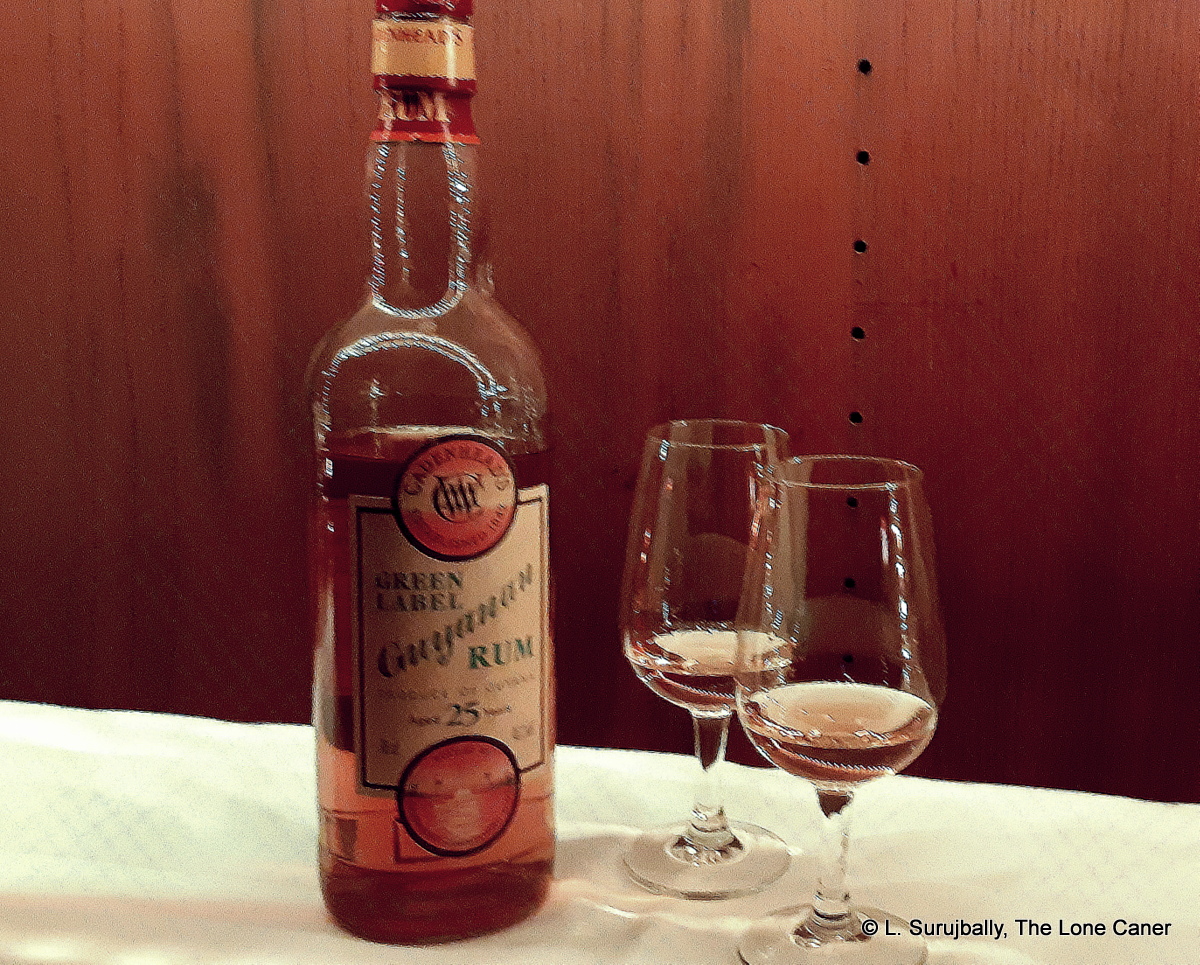


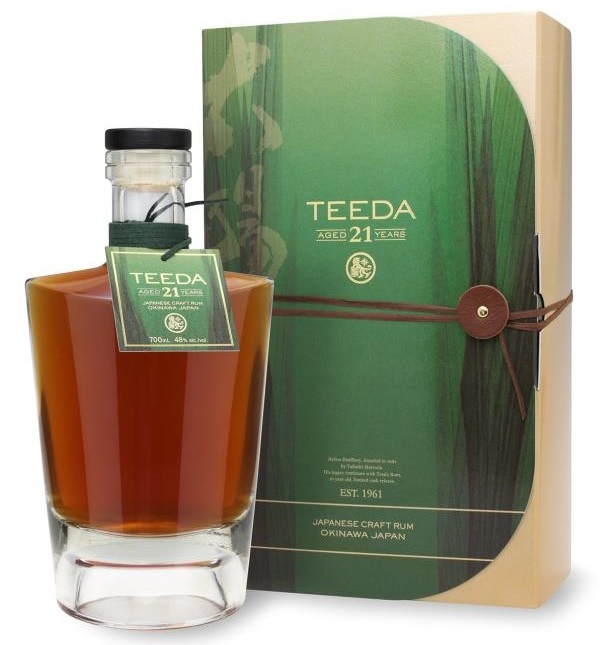
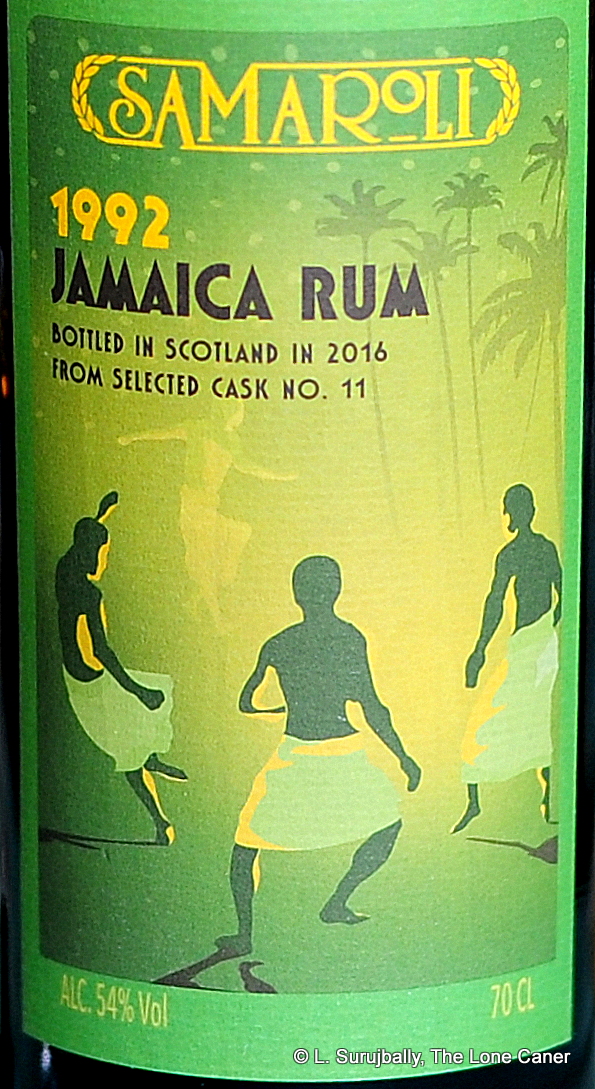 Although it’s older, Samaroli is somewhat eclipsed these days (by Velier), and is sometimes regarded as being on the same tier as, say,
Although it’s older, Samaroli is somewhat eclipsed these days (by Velier), and is sometimes regarded as being on the same tier as, say, 